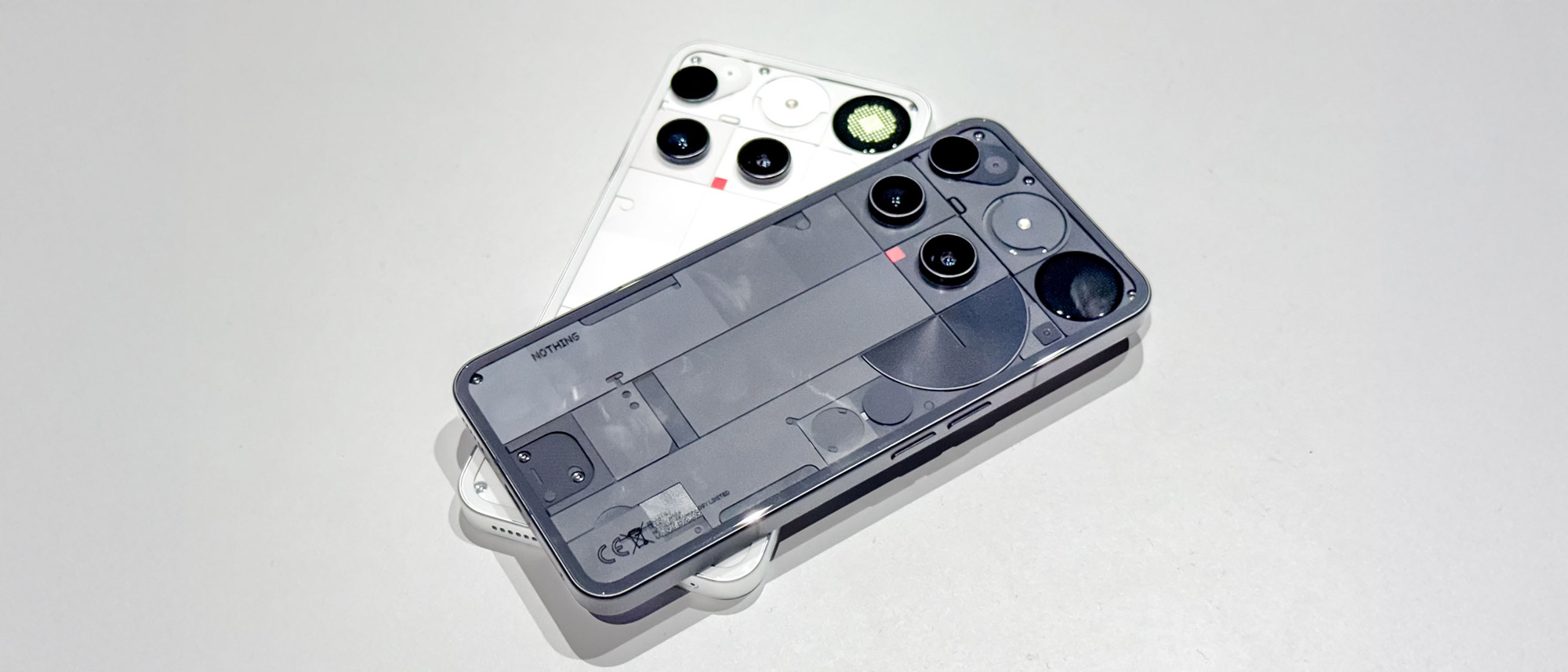Early Verdict
Nothing hits the flagship phone category with the well-priced but well-specced Phone 3. It covers the basics well, but then takes a sharp turn away from the typical premium phone feature list with its Glyph Matrix display, unique take on AI features and a non-standard chip to power everything. It's different in a good way, and could prove to be good outright after further testing.
Pros
- +
Competitive starting price
- +
Unique design with Glyph Matrix on back
- +
New Essential Space AI features
Cons
- -
Lower-spec chipset
Why you can trust Tom's Guide
The Nothing Phone 3 has now launched, a little later than anticipated but with more to shout about than you might expect.
After launching two "flagship-killer" phones like last year's impressive Phone 2, plus some cheaper models and a handful of audio peripherals, the Phone 3 is here to show what Nothing considers a real flagship phone, and a statement on its future direction as a company. No pressure then.
Seemingly aimed at the lower end of the flagship bracket, alongside phones such as the Samsung Galaxy S25, OnePlus 13 and Google Pixel 9, the Phone 3 takes a few cues like the basic size, camera offering and display, but then veers off to deliver typically weird (but loveable) Nothing features. Things like a rear dot matrix display, a lower-powered chipset, a bigger battery and a bunch of unique software and AI abilities.
A full review will be coming in due course, but for now here's what I make of the Nothing Phone 3, a premium phone determined to stand out.
Nothing Phone 3: Specs
| Row 0 - Cell 0 | Nothing Phone 3 |
Starting price | $799/£799 |
Display | 6.67-inch AMOLED |
Refresh rate | 120Hz |
Rear cameras | 50MP main, 50MP ultrawide, 50MP 3x telephoto |
Front cameras | 50MP selfie |
Chipset | Snapdragon 8S Gen 4 |
RAM | 12GB/16GB |
Storage | 256GB, 512GB |
Battery | 5,150 mAh |
Charging | 65W |
Operating system | Android 15 with Nothing OS 3.5 |
Water/dust resistance | IP68 |
Colors | White, Black |
Nothing Phone 3: Price and availability
Nothing is charging £799/$799 for the standard, 256GB storage edition of the Phone 3. If you'd like 512GB storage, then you'll be paying £899/$899 instead.
Up from the $599/£579 that the Nothing Phone 2 started at, but it makes sense given Nothing's mission of making a flagship phone - that includes a flagship price.
Pre-orders start on the 4th of July at Nothing and select partners, and open sales will begin on July 15th. But in typical Nothing fashion, it's offering limited drops from July 12th for fans who are determined to try out the phone before anyone else.
Get instant access to breaking news, the hottest reviews, great deals and helpful tips.
Nothing Phone 3: Design and display
The color choice for the Nothing Phone 3 may be a stark black or white, but Nothing's aiming to cultivate a sense of "technical warmth" with its new device. In plain English, that means attempting to recapture the nostalgia of universally beloved tech products like the Game Boy, PlayStation 2 or original iPod.
This comes in the form of a new "tri-column design", splitting the phone in three long segments which looks quite different compared to the previous Nothing phones' rounder designs.
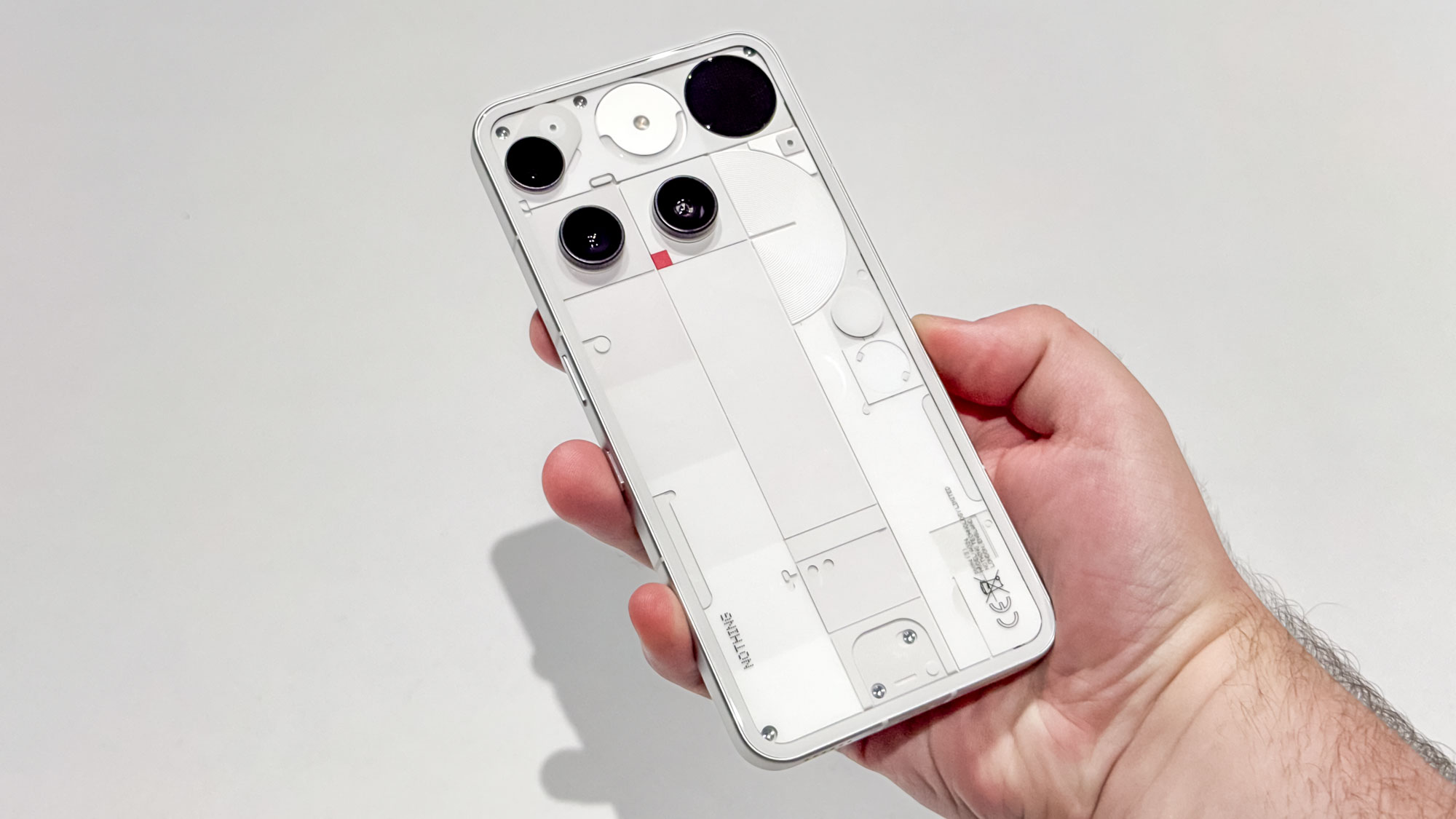
Familiar elements like the semi-transparent back and the Essential Key AI feature shortcut return, but gone is the Glyph Interface, the most distinctive part of the Nothing Phone 2. In its place appears the Glyph Matrix. This turns the light strips into a small 25 x 25 circular pixel grid that can display a lot more than the previous light bars ever could.
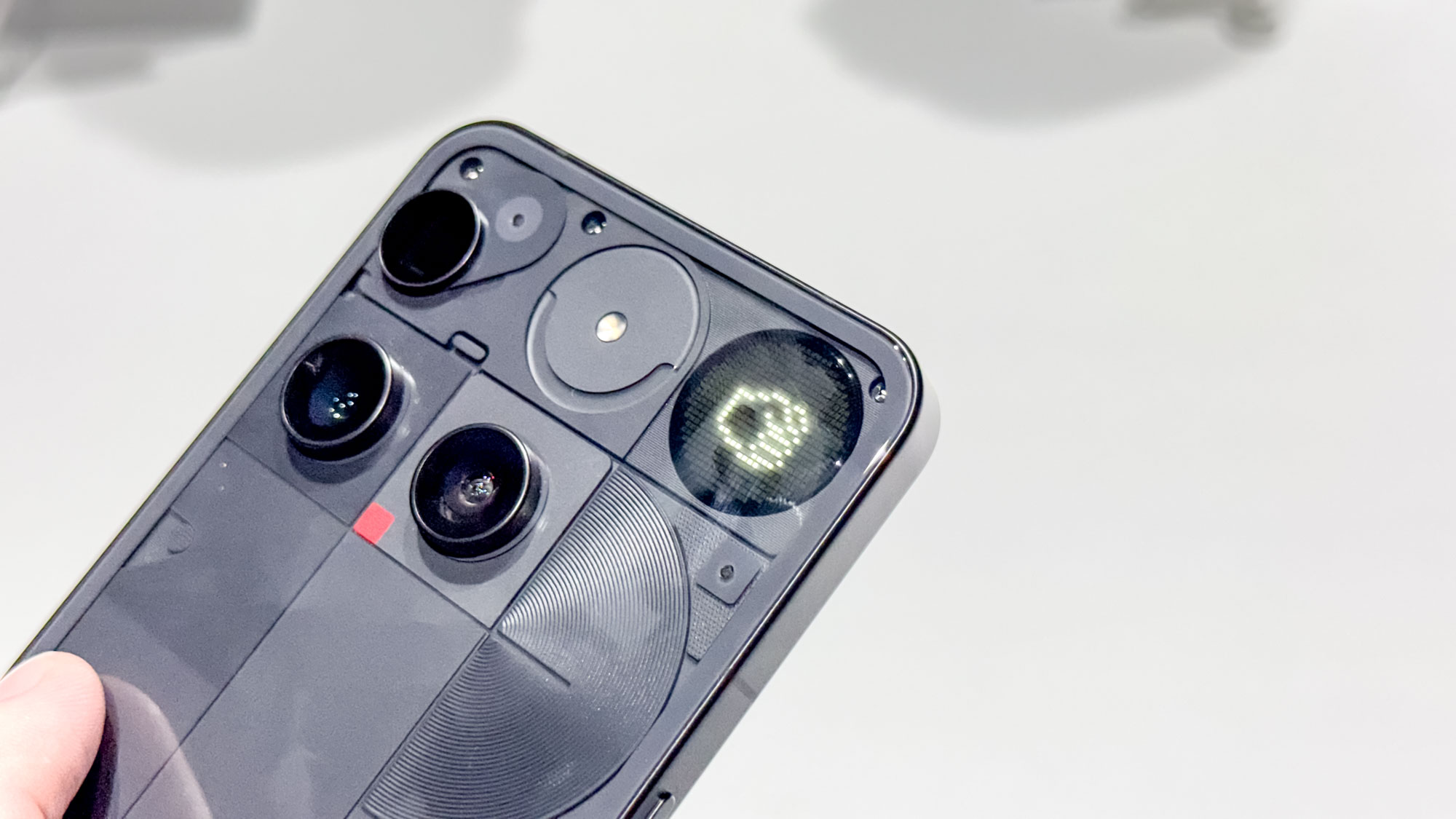
As well as alerting you to notifications when the Phone 3 is face-down, the Glyph Matrix can also act as a digital spirit level, a timer or stopwatch, a clock or a battery indicator. There are also "Glyph Toys," fun little functions to play with such as Spin the Bottle, a Magic 8 Ball and Rock Paper Scissors.
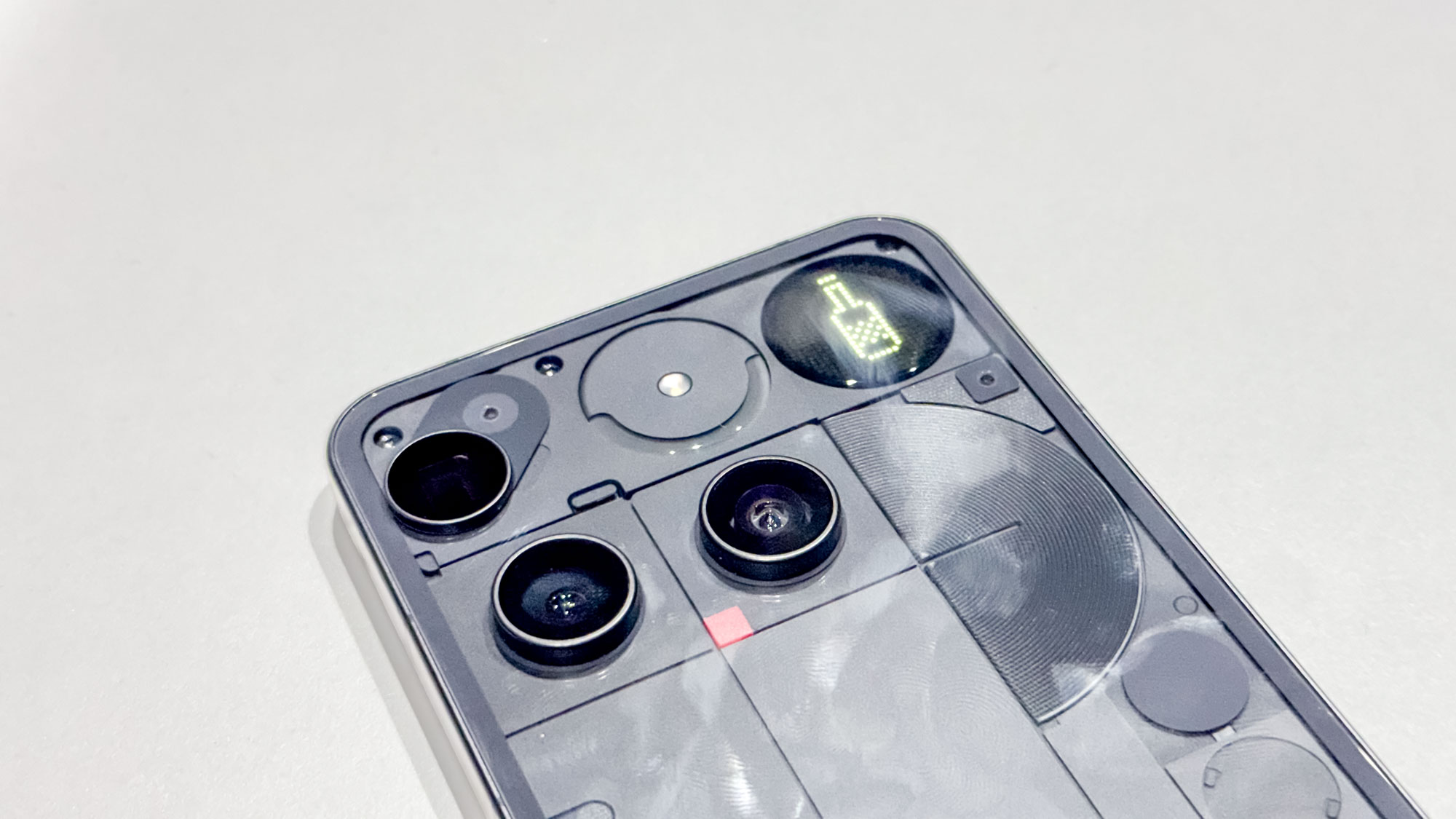
Nothing hopes its community and other developers will get involved too, launching a software development kit (SDK) for the Glyph system to let those outside Nothing contribute their own ideas.
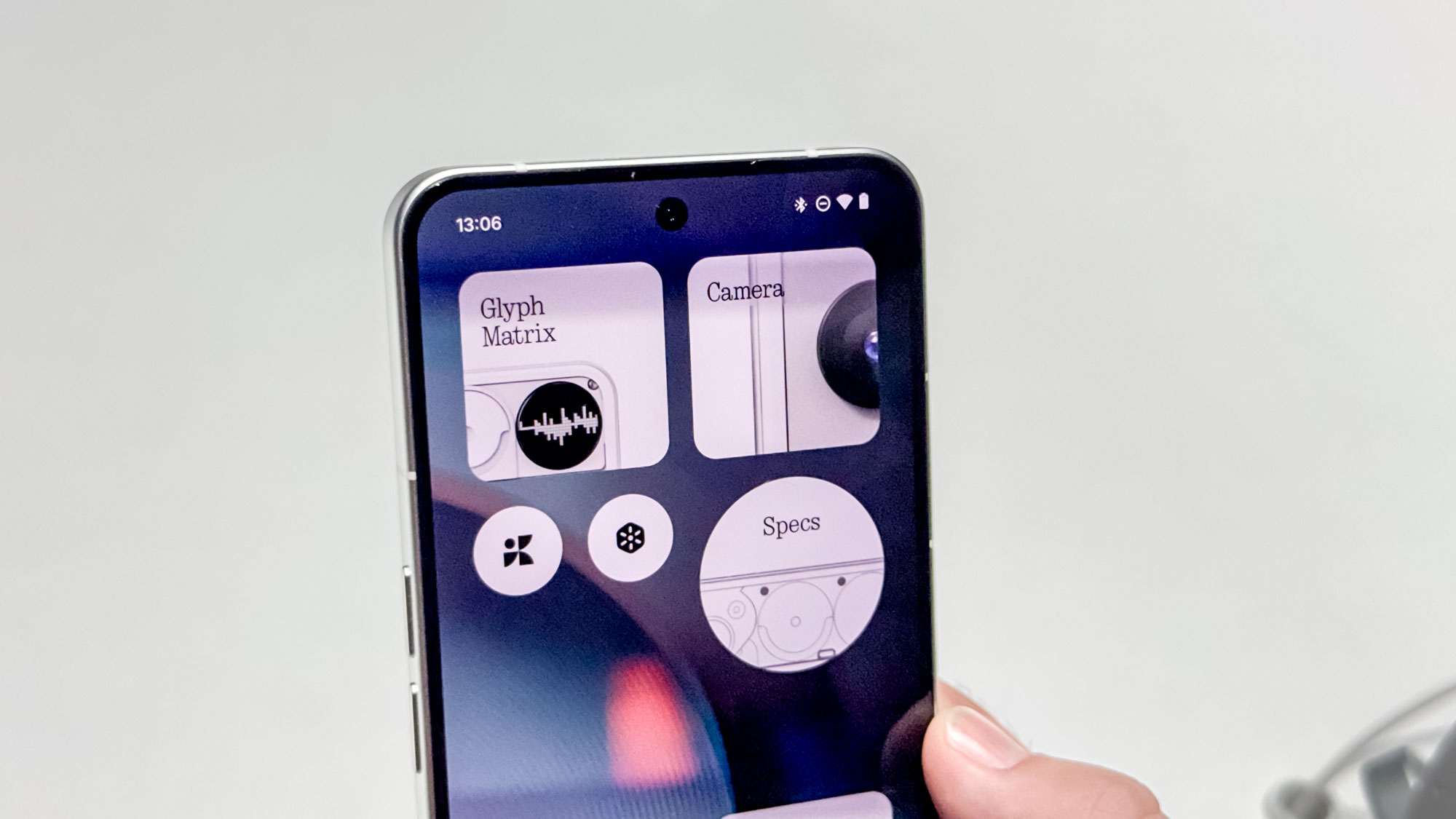
For the display, Nothing's stuck with the 6.67-inch AMOLED with a 120Hz refresh rate of previous models, although now with a higher pixel density, 1.5K resolution and slimmer 1.87mm bezels on all sides for a more premium look. The durability has been upgraded too, using Gorilla Glass Victus to protect the display and bearing an IP68 water/dust resistance rating.
Nothing Phone 3: Cameras
A quartet of 50MP cameras graces the front and back of the Nothing Phone 3. On the back you'll find the main camera, a 114-degree ultrawide camera and the 3x telephoto camera (which maxes out at 60x digital zoom and is also capable of macro photos at up to 10cm), and on the front, the usual selfie camera.
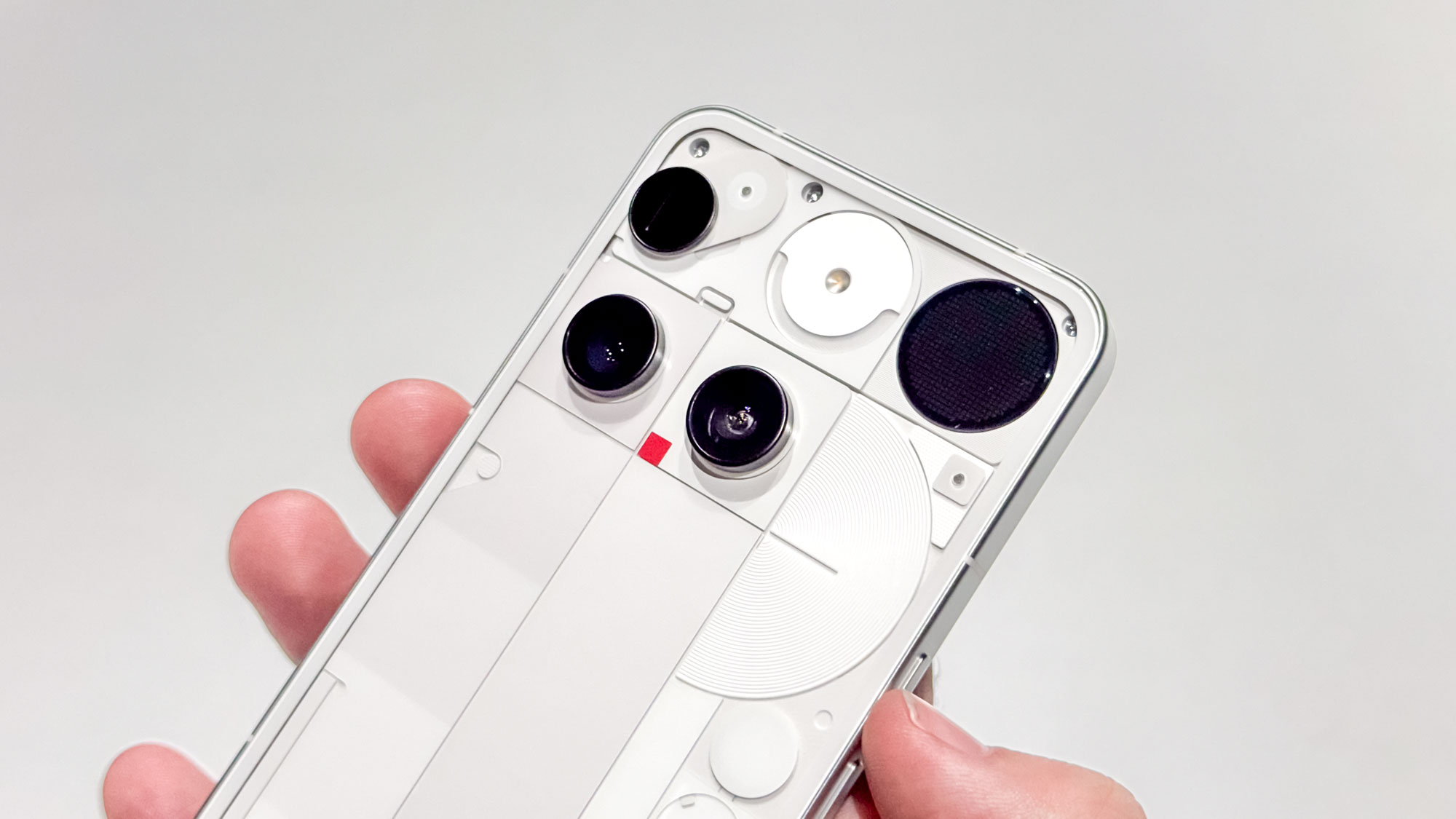
All four cameras are capable of 4K video at 60 frames per second And, perhaps the most exciting upgrade of all, the red square that's been present on the back of all Nothing phones since the beginning now has a job as a flashing recording indicator while you're capturing video.
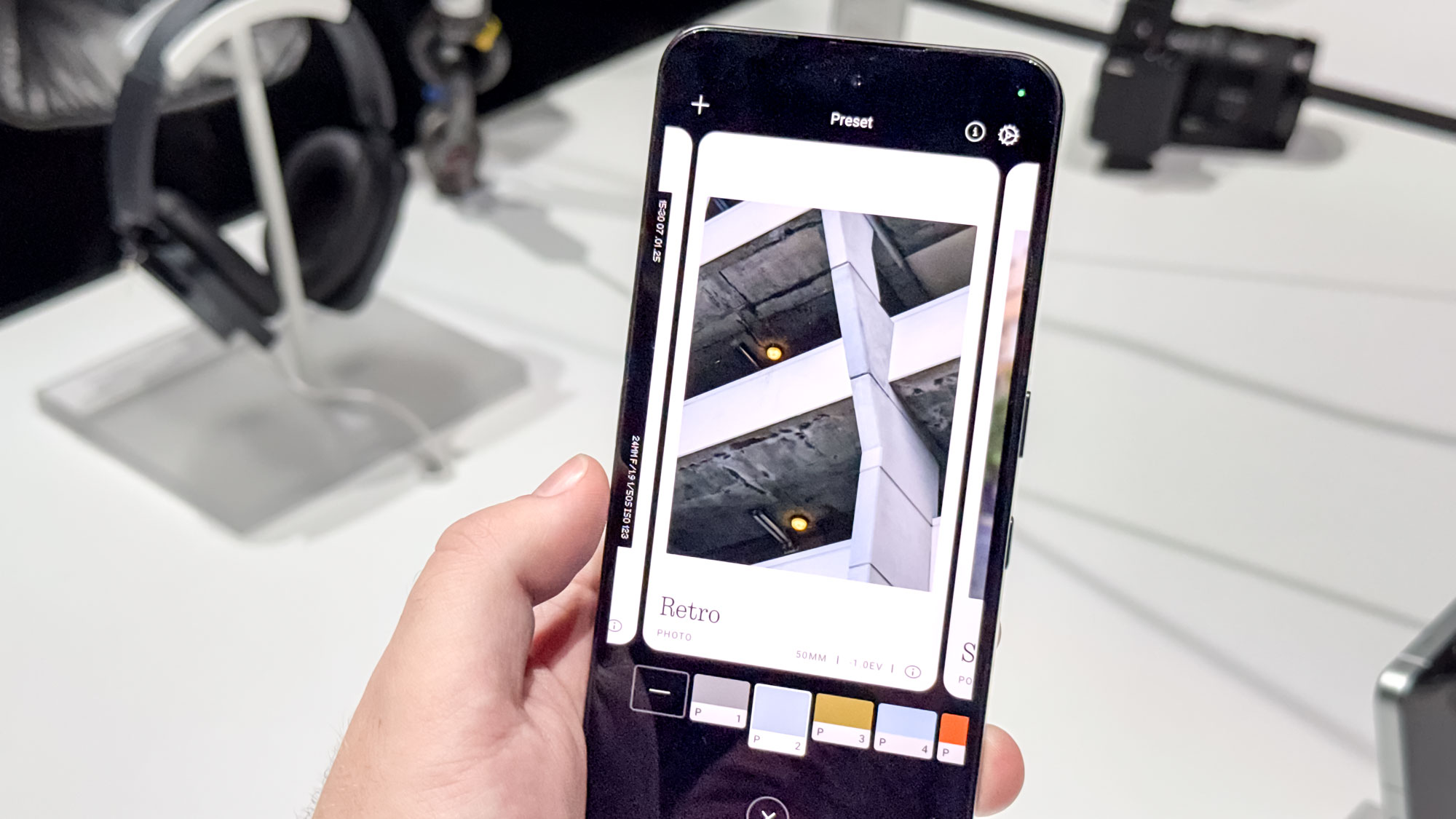
Enhancing the quality of images is Nothing's new True Lens Engine 4 processing. This apparently combines even more frames together to make the optimal HDR image. Action mode, portrait mode and more are all available in the Camera app, along with pro Design Presets to apply unique and artistic filters. More editing options are available in the Nothing Gallery app, including color grading.
Nothing Phone 3: Performance
Nothing elected to use the Snapdragon 8S Gen 4 chipset in the Phone 3, a lower-spec chip than the Snapdragon 8 Elite found in most Android flagship phones this year, but still a potent and efficient one. Manufactured on a 4nm process, the chip apparently gives the Phone 3 a 36% faster CPU, 88% faster GPU and up to 125% faster AI processing compared to the Phone 2 and its Snapdragon 8 Plus Gen 1.
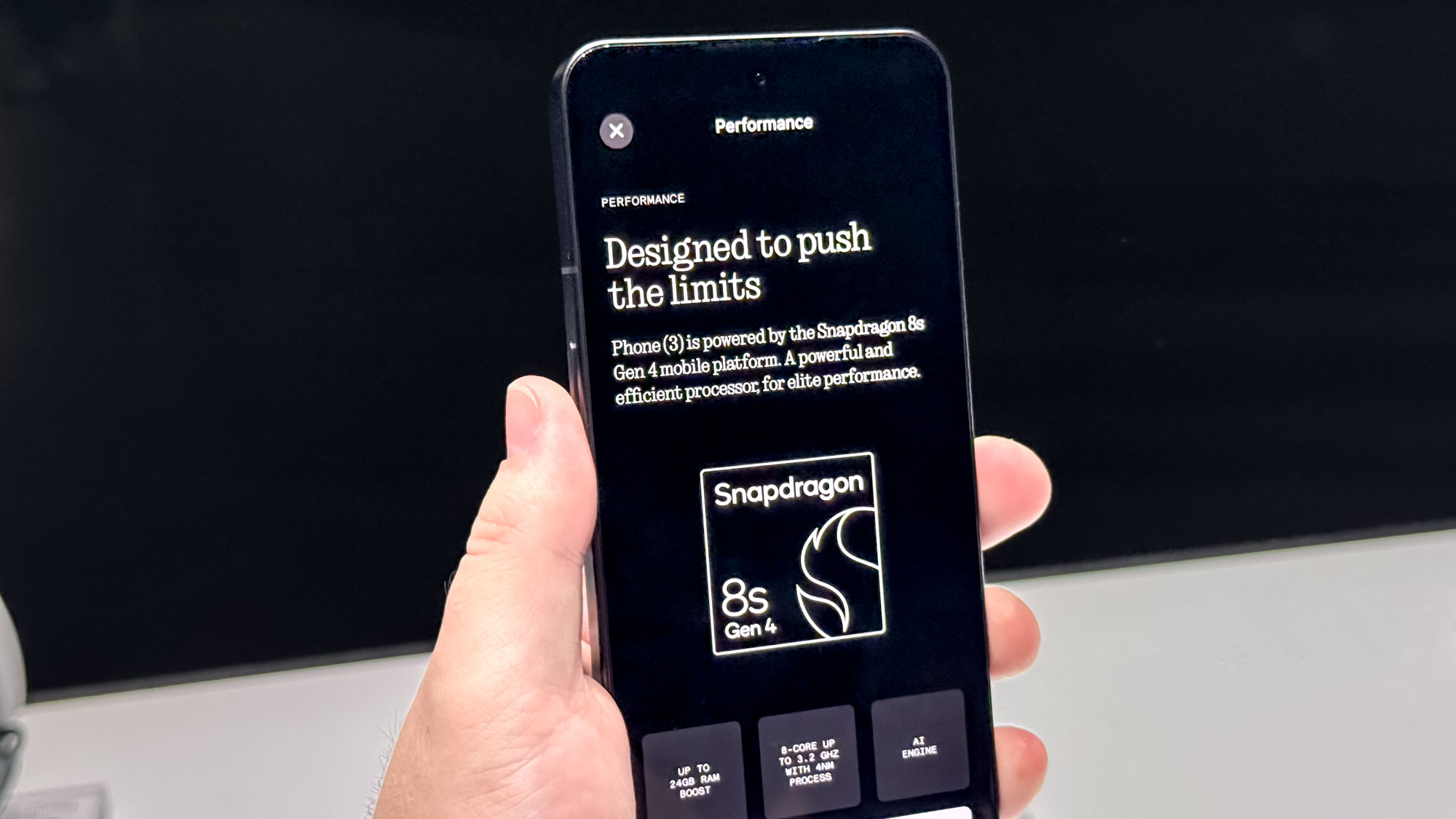
RAM and storage come in two different versions. The basic model has 12GB RAM and 256GB storage, while the more expensive version gets you 16GB/512GB.
Nothing Phone 3: Battery and charging
The Phone 3 contains Nothing's largest phone battery to date - a 5,150 mAh silicon carbon cell that apparently provides up to 80 hours of battery life according to internal testing. Refuelling is delivered by up to 65W fast charging, which can apparently fill the phone from 0 - 50% full in just 19 minutes.
Compared to phones in the same model year and price category, the Nothing Phone 2 had exceptionally good battery life. But now Nothing's playing in the flagship leagues, the Nothing Phone 3 may struggle to excel, even with its larger battery and more efficient chipset.
Nothing Phone 3: Software and AI
Nothing OS 3.5, an Android 15 skin, comes preinstalled on the Nothing Phone 3. Nothing OS 4.0 with Android 16 is apparently coming later in the year, but there's no specific timing given for that yet.
The update schedule is given as five years of OS updates and seven years of security updates, which should see you getting full updates up to Android 20, and safety from software issues until 2032. Google and Samsung offer seven years of full updates, the best offer of any smartphone manufacturer so far, but Nothing isn't far behind fortunately.
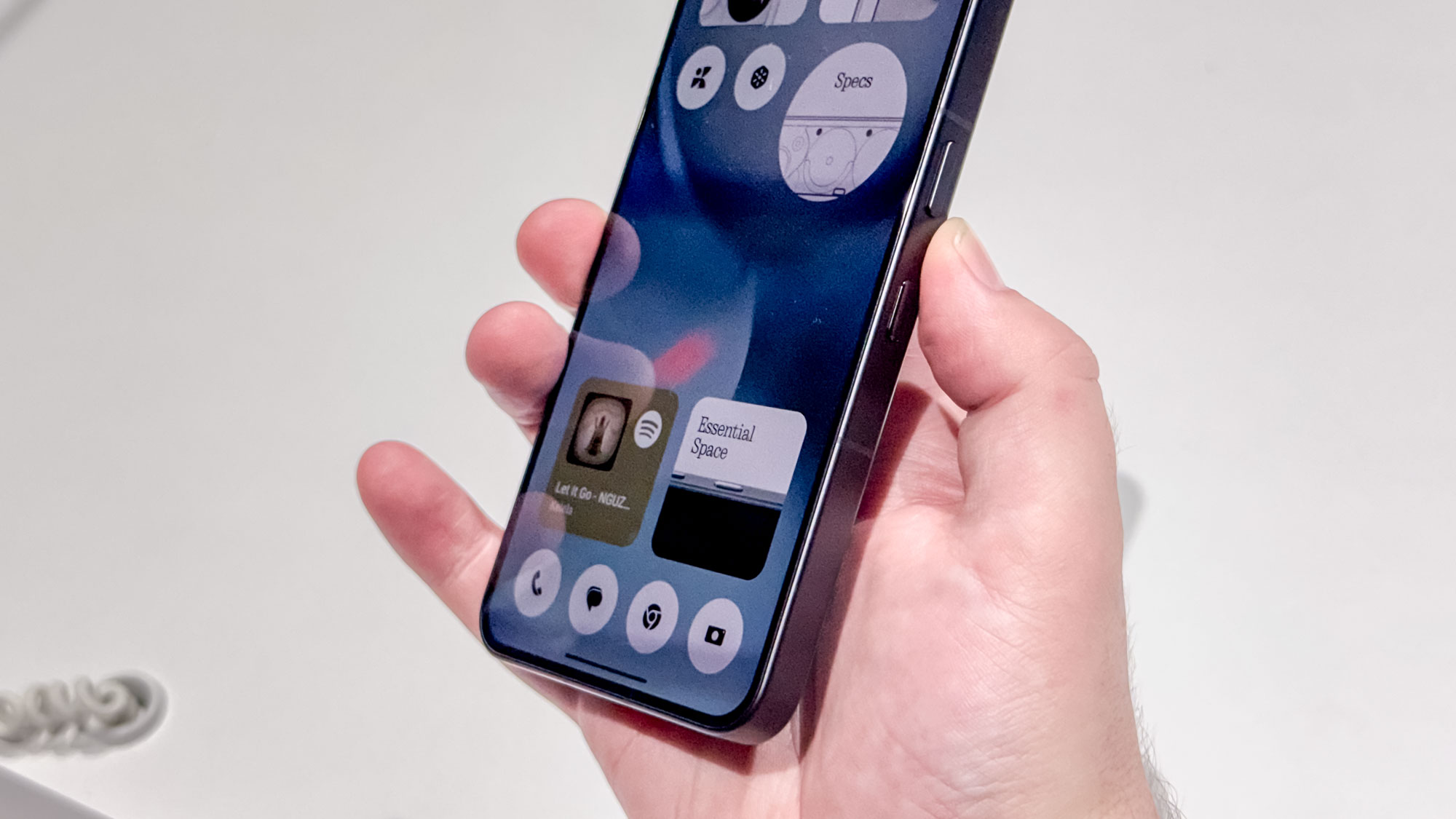
Aside from its unique-looking interface, Nothing OS stands out with features like the Essential Space, as we saw on the Nothing Phone 2a series that launched earlier this year. This houses screenshots, voice notes and more to help you keep track of everything you'd like to remember.
Specifically for the Phone 3, Essential Space has been improved with a new Flip to Record feature. With a press of the Essential Key, you can now easily start a voice note from anywhere. The recording then ends up in Essential Space, where you can check out a transcript and summarized points from whatever you recorded.
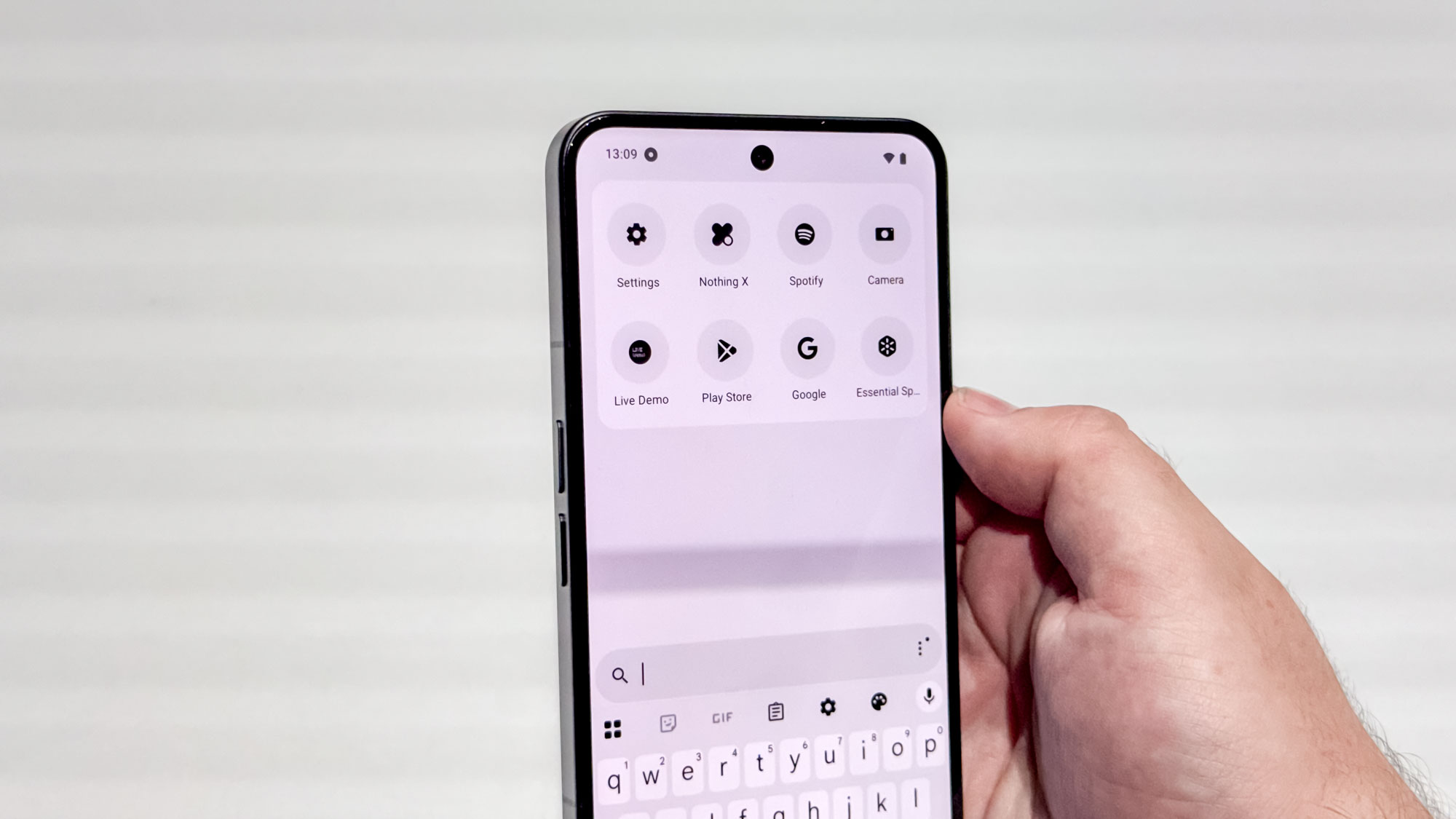
Also new for this model is Essential Search, a universal search bar accessible with just a swipe up on the home screen. It's capable of finding apps and contacts like you'd expect, but can also tackle less concrete questions, such as queries about Saturn, as one demo showed.
Nothing promises that Essential Search will gain personalized suggestions over time. implying that you'll be able to see relevant photos and notes appended to contacts as you search for them.
Nothing Phone 3: Outlook
The Phone 3 is willfully different to its rivals, eschewing some standard features in favor of its own "fun" ideas for what users need on their phone. So while the Phone 3 is promoted as a flagship, the specs are a lot less standardized than other phones you'd give that label to.
When you look at the price, and the Galaxy S25, OnePlus 13 and Pixel 9, that all cost about as much, the Phone 3 barely looks related, which could be all some people need to see to be convinced. I want to take a closer look at the camera, chipset and battery performance before I offer a proper recommendation, but you'll have to wait a bit longer for that.
For now, I can say that the Nothing Phone 3 is a bold and assertive entrance into the flagship phone world. And it looks to do enough differently that any small discrepancies in power or ability compared to rival Android phones won't matter too much. Stay tuned for a full review in the not-too-distant future.
More from Tom's Guide
- Exclusive: OnePlus Nord CE5 and Buds 4 arrive next week — and these are the key specs
- Samsung Galaxy Z Flip 7 vs. Flip 6: Biggest rumored upgrades
- Should you buy the iPhone 16 or wait for the iPhone 17? Here’s the advice I gave my own dad

Richard is based in London, covering news, reviews and how-tos for phones, tablets, gaming, and whatever else people need advice on. Following on from his MA in Magazine Journalism at the University of Sheffield, he's also written for WIRED U.K., The Register and Creative Bloq. When not at work, he's likely thinking about how to brew the perfect cup of specialty coffee.
You must confirm your public display name before commenting
Please logout and then login again, you will then be prompted to enter your display name.
